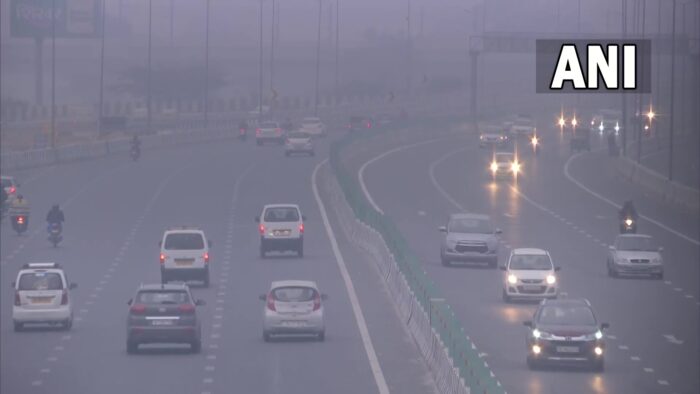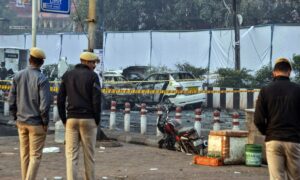
Picture : Twitter / ANI
Delhi’s air quality this November was the worst for the month in seven years with the city witnessing severe pollution on 11 days and not a single “good” air quality day, according to Central Pollution Control Board (CPCB) data. Experts attributed this to the shifting of the peak stubble burning period by around a week due to a prolonged monsoon season.
The 30-day average of the capital’s air quality index (AQI) stood at 376. It was 328 in 2020, 312 in 2019, 335 in 2018, 361 in 2017, 374 in 2016 and 358 in 2015, according to the CPCB. An AQI between zero and 50 is considered ‘good’, 51 and 100 ‘satisfactory’, 101 and 200 ‘moderate’, 201 and 300 ‘poor’, 301 and 400 ‘very poor’, and 401 and 500 ‘severe’.
Delhi saw 11 ‘severe’ air quality days in November this year, the highest in the month since the CPCB started maintaining air quality data in 2015. Seven ‘severe’ air quality days were recorded in the first half of the month, which saw rampant cracker bursting on Diwali and a sharp increase in farm fires. The share of stubble burning in Delhi’s PM2.5 pollution stood at 41 per cent on November 6 and 48 per cent on November 7.
[the_ad id=”41101″]


















